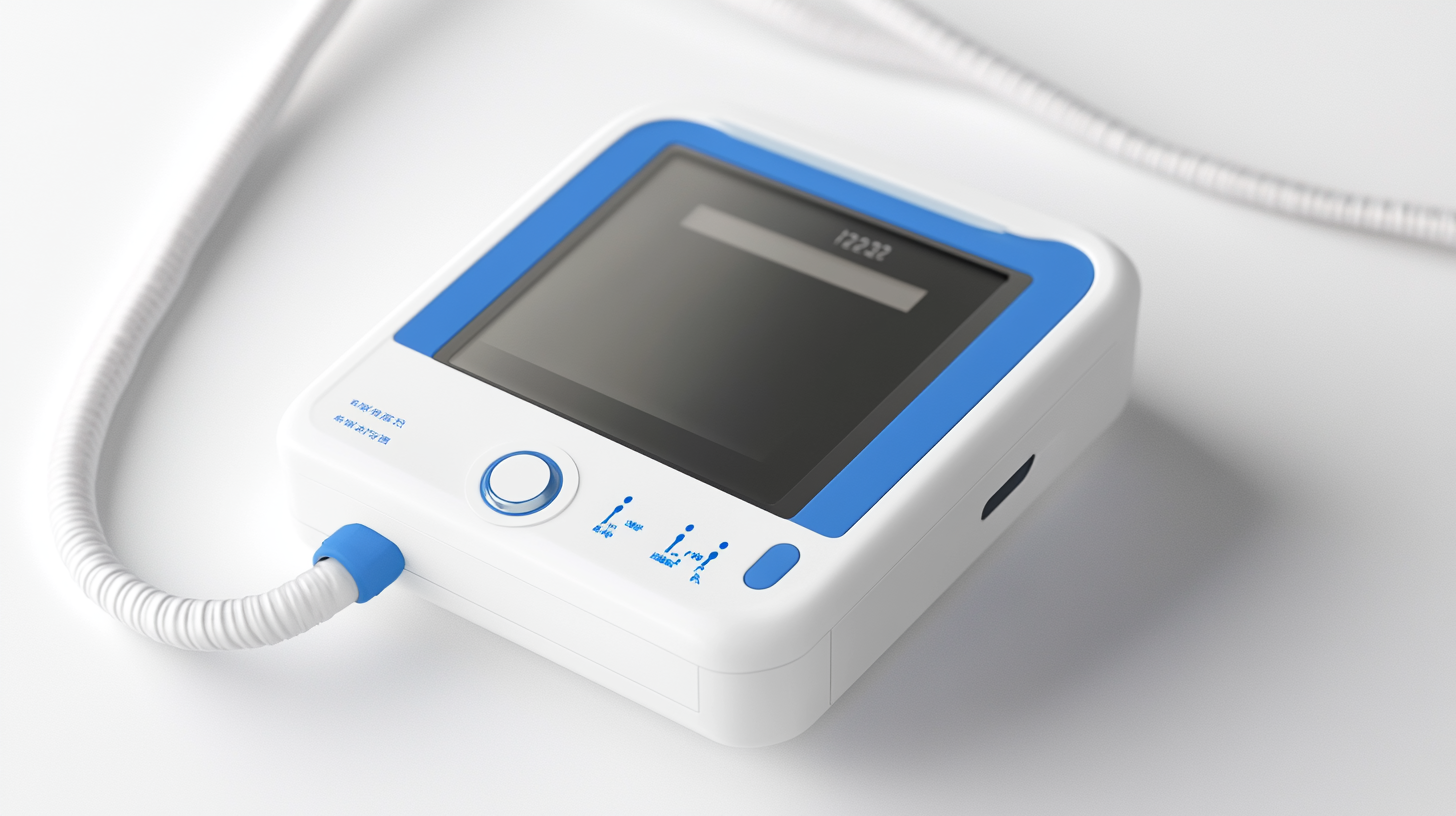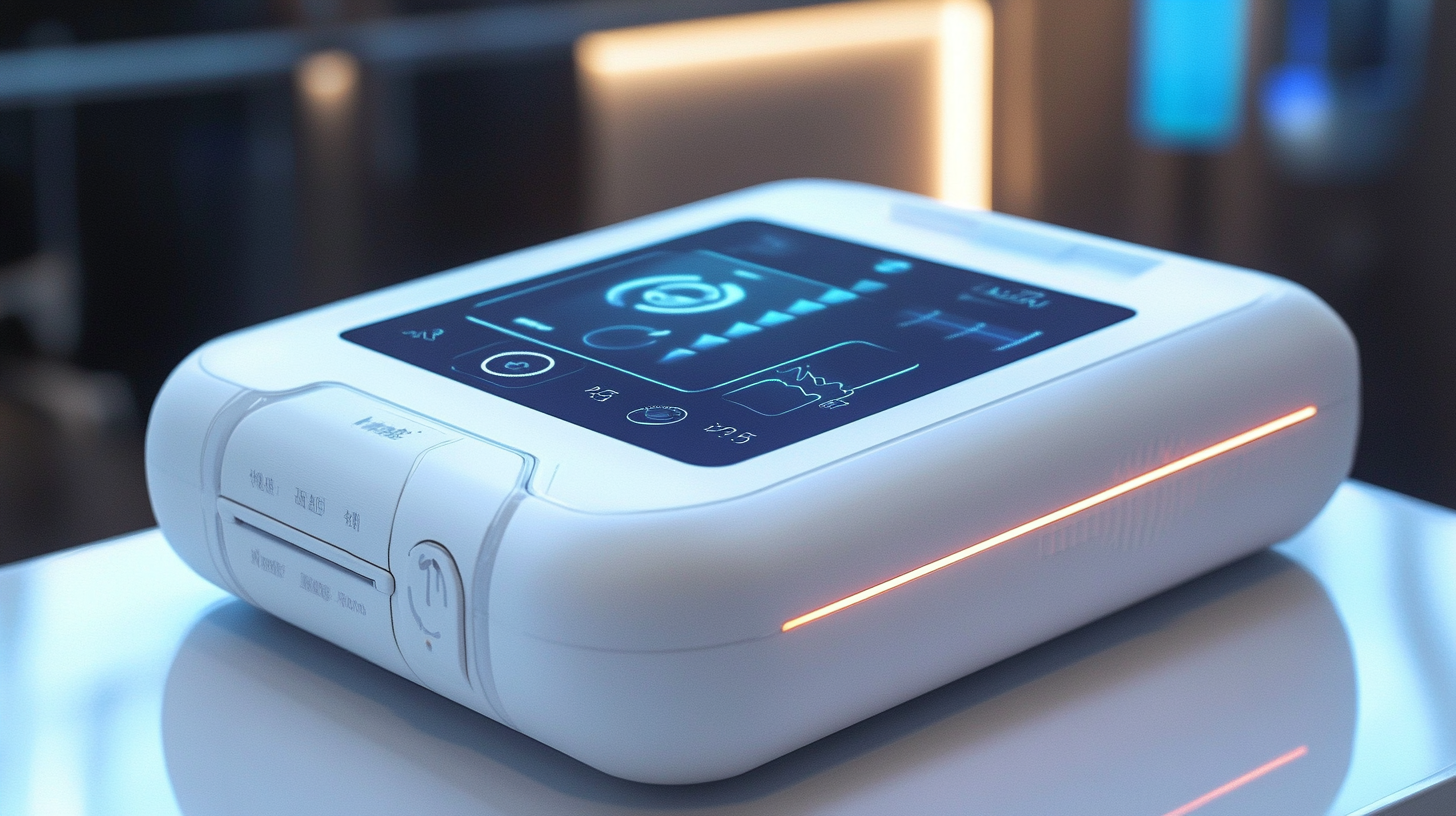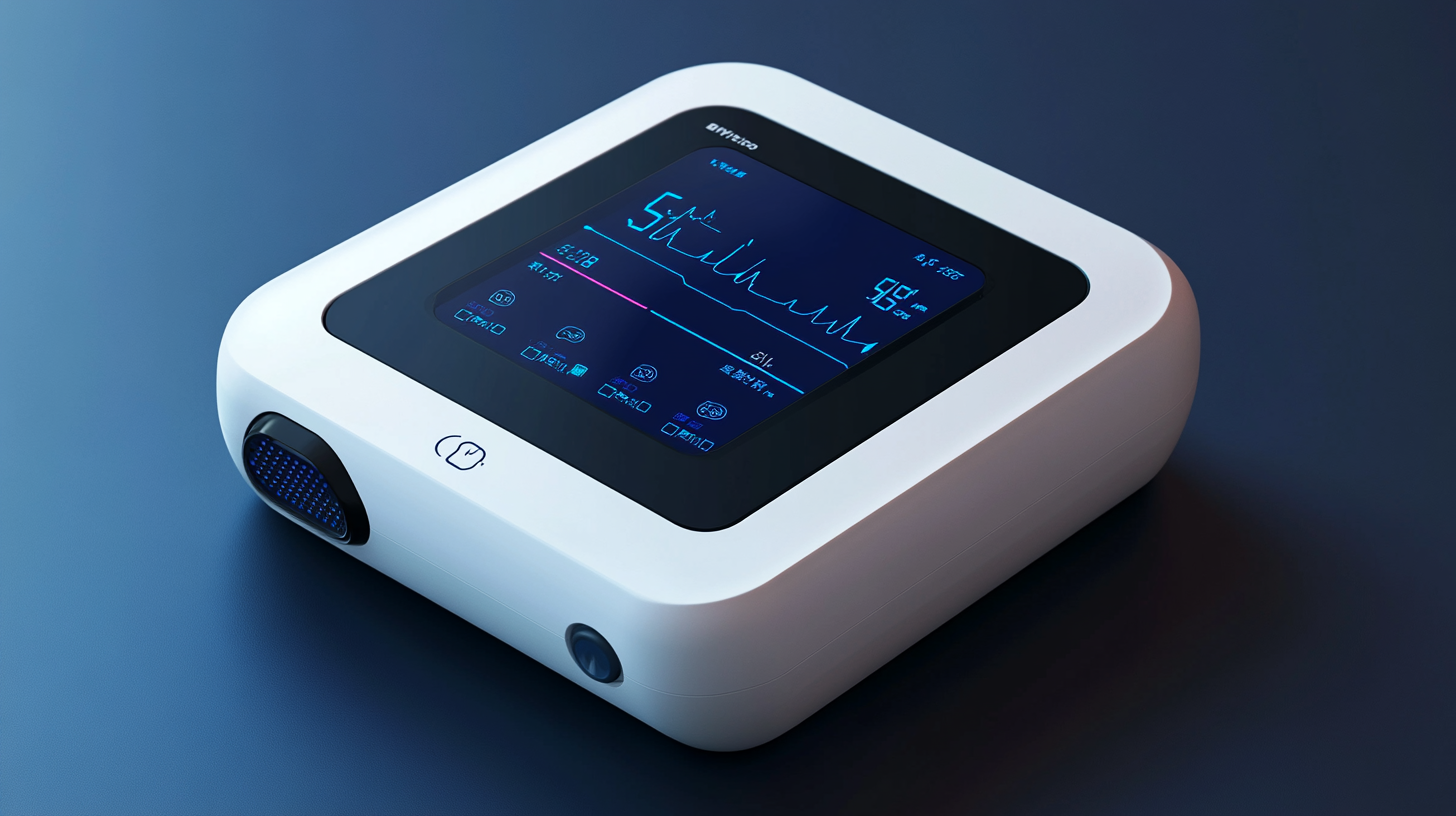Discover the High Efficiency of Oxygen Pulse Oximeters from China's Leading Manufacturing Plant
In recent years, the demand for Oxygen Pulse Oximeters has surged as healthcare providers increasingly recognize their critical role in patient monitoring. According to a market research report by Grand View Research, the global pulse oximeter market is projected to reach over $3.3 billion by 2027, growing at a CAGR of 9.5%. This significant growth is driven by the rising prevalence of respiratory diseases and the growing emphasis on effective patient care across various healthcare settings. Oxygen Pulse Oximeters, which measure the oxygen saturation level in patients' blood non-invasively, provide essential data that can influence immediate medical decisions. China's leading manufacturing plants have adapted to this burgeoning market, offering high-efficiency devices that combine advanced technology with cost-effectiveness. As the healthcare landscape evolves, the importance of reliable and precise monitoring equipment, particularly Oxygen Pulse Oximeters, continues to be paramount in ensuring patient safety and optimized respiratory care.

The Evolution of Oxygen Pulse Oximeters: A Historical Perspective
The evolution of oxygen pulse oximeters marks a significant milestone in the field of medical technology, tracing its roots back to the groundbreaking invention by Dr. Takuo Aoyagi in 1974. This innovation has transformed the way we measure oxygen levels in the blood, enabling healthcare professionals to monitor patients’ respiratory conditions effectively. Over the decades, advancements in technology have resulted in smaller, more accurate, and user-friendly devices, leading to their widespread adoption in hospitals, clinics, and even at-home care settings.
Tips for Choosing the Right Pulse Oximeter:
When selecting a pulse oximeter, consider the accuracy and reliability of the device. It's essential to choose one that has been clinically validated and is suitable for your specific needs. Additionally, look for ease of use, display clarity, and battery life to ensure it meets your requirements during critical moments.
The urgent need for pulse oximeters was particularly highlighted during the COVID-19 pandemic, when they became vital tools for assessing patients' oxygen saturation levels in real time. As demand increased, manufacturers innovated rapidly, leading to a variety of options available in the market today. Understanding these advancements can help consumers make informed choices for their health and wellness.
Discover the High Efficiency of Oxygen Pulse Oximeters from China's Leading Manufacturing Plant
| Model | Efficiency (%) | Weight (g) | Battery Life (hrs) | Price (USD) |
|---|---|---|---|---|
| OXY-1000 | 95 | 150 | 30 | 199 |
| OXY-2000 | 97 | 130 | 25 | 249 |
| OXY-3000 | 98 | 120 | 35 | 299 |
Key Features of High-Efficiency Pulse Oximeters and Their Importance in Healthcare
In the rapidly evolving landscape of healthcare technology, high-efficiency pulse oximeters have emerged as indispensable tools for monitoring patients’ oxygen saturation levels. Manufactured in China’s leading facilities, these devices are characterized by their advanced sensor technology, which ensures quick and accurate readings. The integration of precision optics and robust software algorithms allows for effective performance in various clinical settings, making them essential for both hospital use and home healthcare.
Moreover, the importance of high-efficiency pulse oximeters extends beyond mere convenience; they play a critical role in patient management, particularly during respiratory illnesses. Their ability to detect hypoxemia—low blood oxygen levels—enables healthcare providers to respond swiftly to life-threatening situations. Additionally, features such as Bluetooth connectivity and user-friendly interfaces enhance the monitoring experience, providing real-time data to both clinicians and patients. As the healthcare industry continues to prioritize patient outcomes, investing in top-tier pulse oximeters will undoubtedly contribute to more effective treatment and monitoring protocols.
Efficiency of Oxygen Pulse Oximeters
Comparative Analysis: China's Leading Manufacturing Plant vs. Global Competitors
In the rapidly evolving healthcare industry, the innovation and efficiency of oxygen pulse oximeters are crucial for patient monitoring, especially in critical care settings. China's leading manufacturing plant has emerged as a significant player in this market, leveraging advanced technology and streamlined production processes. Their pulse oximeters offer high accuracy and rapid response times, positioning them favorably against global competitors. By adopting cutting-edge materials and manufacturing techniques, these devices ensure reliable performance and durability, which are essential for healthcare providers.
A comparative analysis reveals that while many global competitors boast sophisticated features, China's leading plant distinguishes itself through lower production costs without compromising quality. This advantage allows for competitive pricing, enabling a broader reach within both domestic and international markets. Additionally, the plant's commitment to research and development results in continuous improvements, keeping their product lineup ahead of industry trends. As healthcare demands grow, the adaptability and efficiency of these Chinese-made pulse oximeters are likely to set new benchmarks in the global arena.
Efficiency Comparison of Oxygen Pulse Oximeters
This pie chart illustrates the efficiency comparison between China's leading manufacturing plant for oxygen pulse oximeters and its global competitors. The chart shows that China's leading manufacturer holds a significant market efficiency advantage.
Industry Statistics: The Impact of Accurate Oxygen Measurement on Patient Outcomes
Accurate measurement of oxygen levels in patients is crucial for effective healthcare, particularly in critical care and respiratory therapy settings. Recently, industry statistics have revealed a strong correlation between precise oxygen monitoring and improved patient outcomes. Studies indicate that using high-quality oxygen pulse oximeters can significantly reduce the risk of hypoxemia, enhance recovery times, and lead to more informed clinical decisions by healthcare professionals. As a result, hospitals and clinics are increasingly investing in reliable monitoring devices to ensure they meet the standard of care.
China's leading manufacturing plants have responded to this demand by producing advanced oxygen pulse oximeters that combine state-of-the-art technology with high efficiency. These devices provide real-time, accurate data that allows clinicians to make timely interventions, ultimately saving lives. With the rise of telemedicine and remote patient monitoring, the role of precision in oxygen measurement is more important than ever. As healthcare systems strive to improve patient care, the implementation of accurate oxygen measurement tools will play a pivotal role in achieving optimal clinical outcomes across various patient populations.

Future Trends in Pulse Oximetry: Innovations from China's Manufacturing Sector
The landscape of pulse oximetry is rapidly evolving, with China's manufacturing sector at the forefront of innovation. As healthcare demands increase globally, manufacturers are focusing on enhancing the efficiency and accuracy of oxygen pulse oximeters. New developments include advanced sensor technologies that provide real-time data with improved precision. These innovations not only cater to the needs of healthcare professionals but also offer valuable insights for remote patient monitoring.
Future trends in pulse oximetry are leaning towards integration with mobile technology and artificial intelligence. By incorporating smart features, oxygen pulse oximeters can now collect and analyze user data, providing personalized health insights and alerts. This shift towards connectivity ensures that patients can track their oxygen levels conveniently, while healthcare providers can access crucial information remotely, facilitating timely interventions when necessary. As these technologies continue to develop, they promise to enhance patient outcomes and transform the way we approach respiratory health monitoring.


